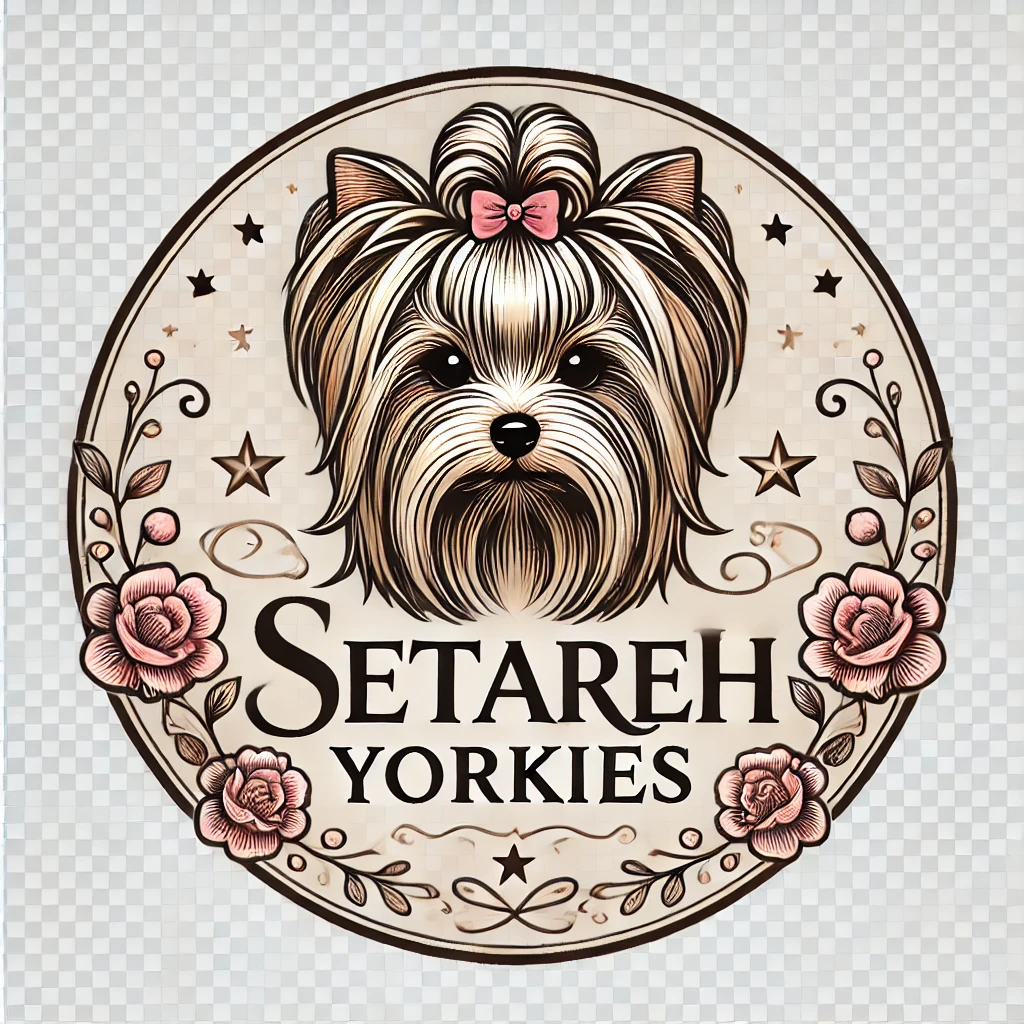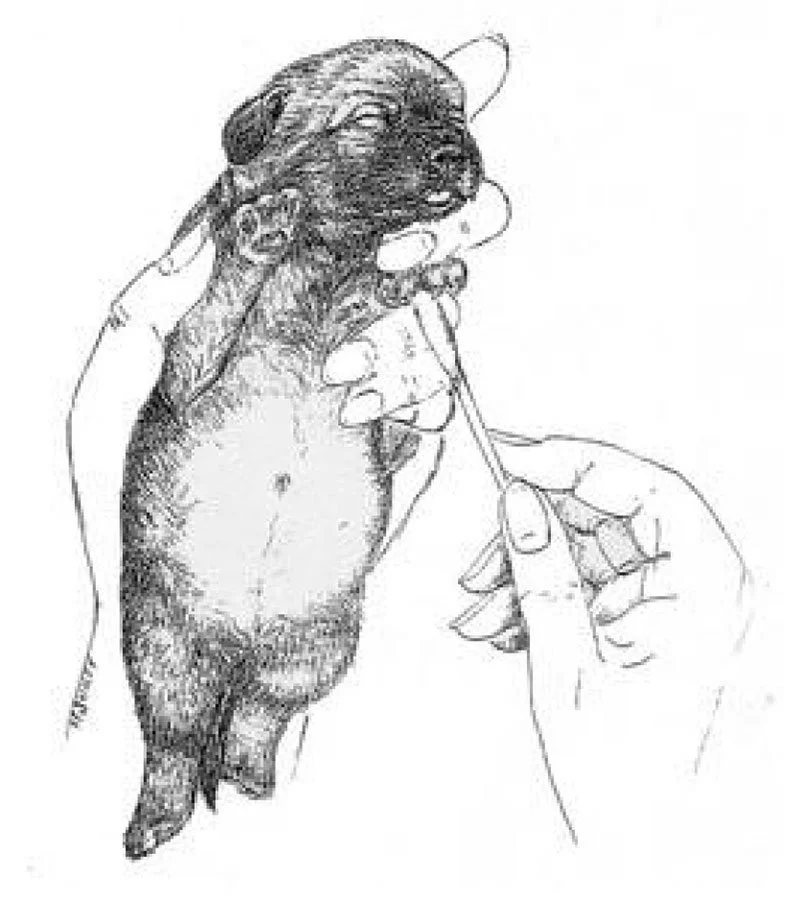
Early Neurological Stimulation (ENS) Program
Early Neurological Stimulation (ENS) Program
Giving your puppy the very best start—right from day 3 of life.
What is ENS?
Early Neurological Stimulation (ENS) was originally developed by the U.S. Military as part of the “Bio Sensor” or “Super Dog” program to improve the performance of military working dogs. Breeders like us have embraced ENS because of the remarkable, lifelong benefits it offers puppies.
ENS takes place during a puppy’s neonatal stage—from day 3 to day 16 of life—when their brains and nervous systems are developing at an incredible pace. At this age, puppies can’t yet see or hear, but they can feel touch. By introducing short, gentle handling exercises, we help “jump-start” their neurological development, preparing them to be confident, adaptable, and healthier as adults.
Why We Use ENS
Studies show that while genetics play a role in a dog’s temperament and performance, up to 65% is shaped by environment and early experiences. That’s why we believe ENS is one of the most valuable tools we can give your puppy from the very start.
Benefits reported from ENS include:
❤️ Healthier Hearts – Stronger heartbeats and better cardiovascular efficiency
🛡 Improved Immunity – Greater disease resistance
💪 Resilient Stress Response – More balanced adrenal function for handling new situations
🧠 Better Problem-Solving Skills – Increased curiosity and focus
🐾 Easier Handling – Puppies learn early that human touch is a positive experience
How It Works
ENS involves five simple exercises, each lasting just 3–5 seconds. We perform them once a day for each puppy during the neonatal period.
These exercises include:
Tactile Stimulation – Gently tickling the puppy’s paw with a Q-tip
Head Held Upright – Supporting the puppy with its head straight up
Head Pointed Down – Holding the puppy securely with its head gently facing down
Supine Position – Cradling the puppy on its back in our hands
Thermal Stimulation – Placing the puppy on a cool, damp cloth for a few seconds
Each movement is purposeful—never rushed or stressful. The goal is gentle exposure, not overwhelming the puppy.
ENS + Socialization = The Perfect Start
While ENS builds a strong foundation, it’s just the beginning. We combine ENS with Early Scent Introduction (ESI), sound desensitization, gentle handling from multiple people, and age-appropriate enrichment activities. Together, these methods help create a well-adjusted companion who’s confident, adaptable, and ready to thrive in their new home.
📸 Below you’ll find photos and descriptions of each ENS exercise so you can see exactly what we do with our litters during this special time.
Tactical Stimulation
Using a soft Q-tip, gently tickle between the toes of one foot (any foot) for 3–5 seconds. Your puppy may wiggle or stay still—either is fine. The goal is a light touch that introduces them to new sensations without causing stress.
Head Held Erect
Gently hold your puppy upright so their head is directly above their tail. Support their bottom with one hand and their upper body with the other. This position, held for just 3–5 seconds, helps develop balance and body awareness.
Head Pointed Down
Carefully hold your puppy in a vertical position with their head pointing toward the ground. Support their head and body so they feel secure. This gentle inversion, held for 3–5 seconds, introduces them to a new way of experiencing the world.
Supine Position
Hold your puppy on their back with their face toward the ceiling, supporting their head and body in your palms. This comfortable “cradle” position, kept for 3–5 seconds, helps them relax into gentle handling.
Thermal Stimulation
Place a clean, damp towel in the fridge for at least 5 minutes, then set your puppy belly-down on the cool surface for 3–5 seconds. They may notice the temperature change and wiggle—simply ensure they are safe and supported.
Why We Include ENS at Setareh Yorkies
At Setareh Yorkies, we believe a great start makes all the difference. ENS is one of the many tools we use to help our puppies grow into confident, loving companions. By gently introducing them to new sensations during the earliest days of life, we help them develop resilience, curiosity, and trust in human hands.
Our goal is for every puppy to leave our care not just healthy, but also emotionally prepared to bond with their new family and adapt to their new home. ENS is just one part of our comprehensive approach to raising well-socialized, happy Yorkies—but it’s one we’ve seen make a meaningful difference time and time again.
Final Thoughts on Early Neurological Stimulation
Early Neurological Stimulation, when combined with other forms of socialization and enrichment, can help set puppies up for a lifetime of success. This simple series of gentle exercises can support neurological development, improve health, boost emotional resilience, and increase stress tolerance.
While research shows mixed results, ENS remains a valuable tool for introducing puppies to human touch and mild challenges during a key developmental window. As with any training method, it’s essential to proceed with care—ENS should only be used with otherwise healthy, stress-free puppies, and should never be overdone.
When implemented thoughtfully, ENS can help create confident, well-adjusted companions who are better prepared to explore, learn, and thrive in the world.








